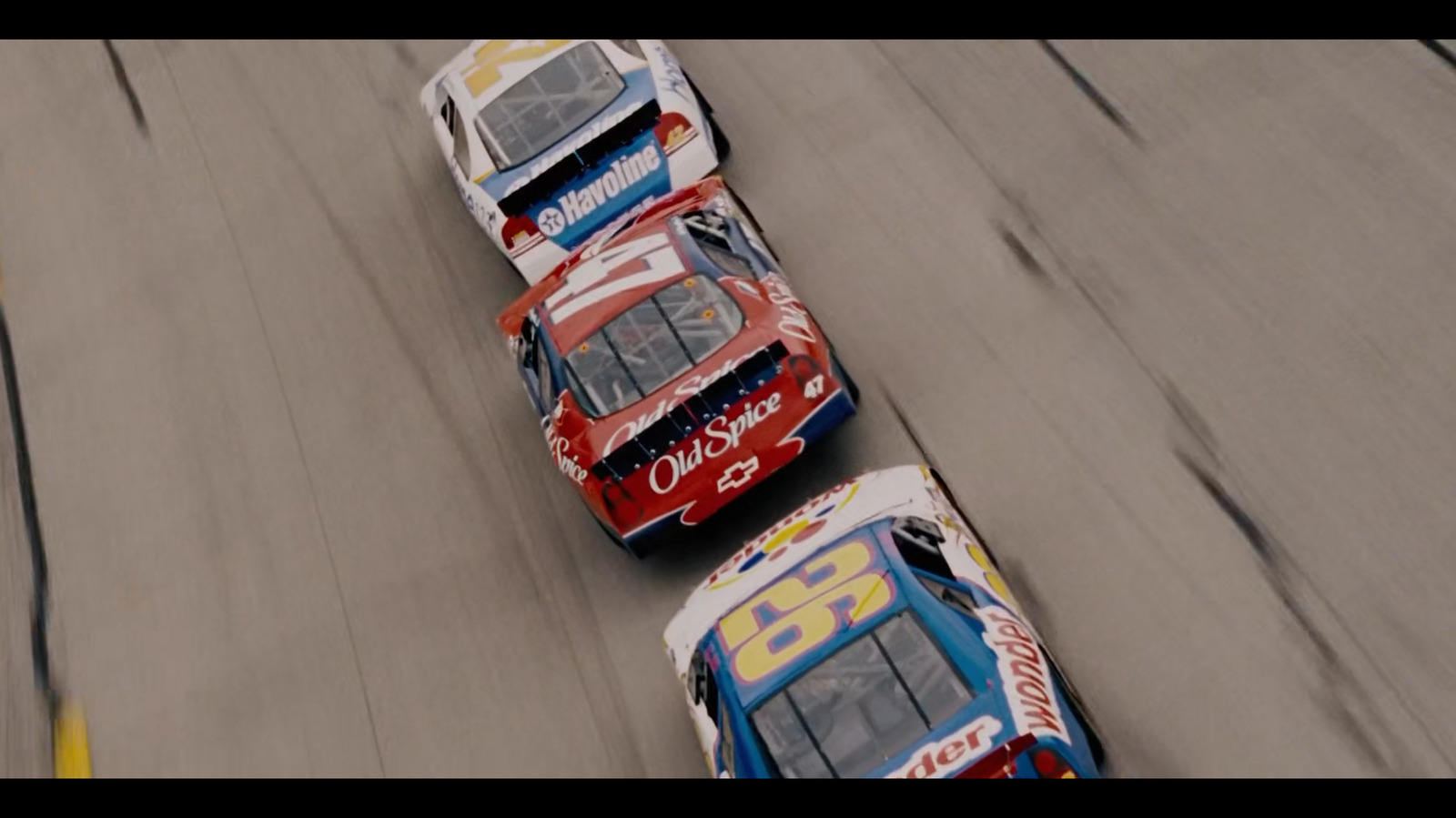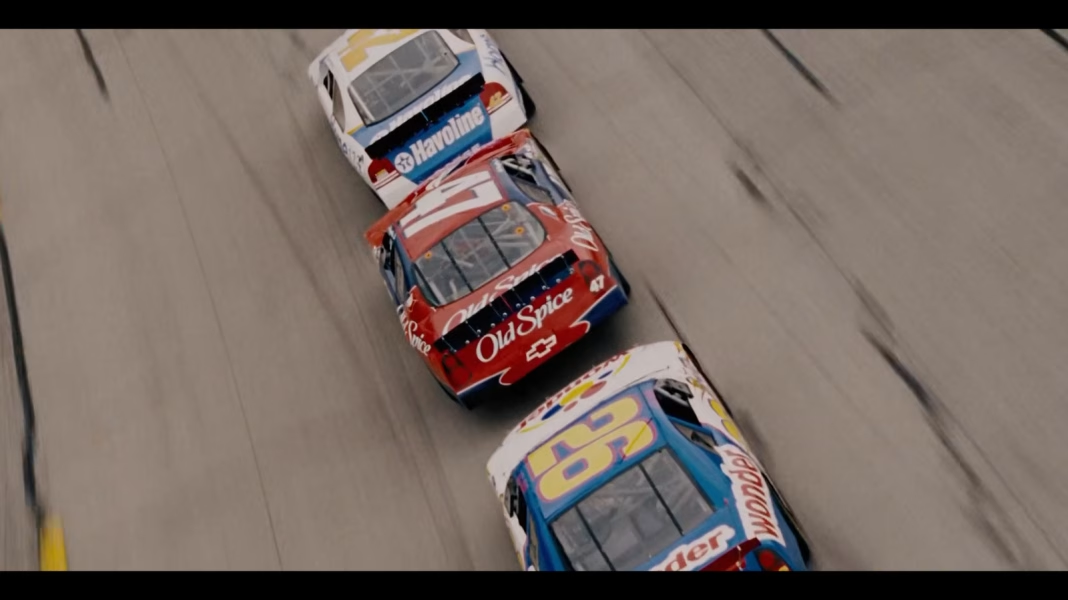The “Fast and Furious” franchise has become a cultural phenomenon, captivating audiences with its high-octane action and, of course, its stunning cars. But what is it about these films that keeps car enthusiasts coming back for more, even when the plotlines might leave something to be desired? Let’s dive into the heart of the matter: the cars and the unforgettable scenes that elevate these movies beyond mere entertainment.
What Makes a Car Movie Great?
At its core, a great car movie isn’t just about fast vehicles; it’s about the connection between the cars and the story. Think about it: the adrenaline rush of a high-speed chase, the roar of an engine, and the sleek lines of a well-designed car can evoke emotions that resonate deeply with viewers. In the “Fast and Furious” series, these elements are woven into the narrative, making the cars almost characters in their own right.
Take, for instance, the iconic Nissan Skyline GT-R from the earlier films. This car isn’t just a mode of transportation; it represents a lifestyle, a culture, and a community of enthusiasts who live and breathe automotive passion. The way these cars are showcased—whether in street races or elaborate heists—creates a sense of excitement that keeps viewers on the edge of their seats.
Why Do We Love Car Scenes?
Car scenes can be exhilarating, and they often serve as the film’s centerpiece. The chase sequences in “Fast and Furious” are choreographed with a level of artistry that’s hard to ignore. They combine speed, skill, and a touch of danger, creating a visual feast that appeals to both car lovers and casual viewers alike.
Moreover, these scenes often highlight the capabilities of the vehicles, showcasing everything from drifting to nitrous boosts. This not only entertains but also educates the audience about the intricacies of automotive performance. It’s a blend of spectacle and substance that few other genres can match.
The Role of Nostalgia in Car Culture
Nostalgia plays a significant role in the appeal of car movies. Many enthusiasts have fond memories tied to specific cars or scenes from their youth. For example, films like “Bullitt” may not have the same explosive action as “Fast and Furious,” but they feature legendary cars like the Ford Mustang, which has become a symbol of American muscle.
These classic films often evoke a sense of longing for a simpler time when cars were more than just transportation—they were a passion. This nostalgia can turn even a mediocre film into a beloved classic simply because of the cars featured.
Real-World Impact of Car Movies
The influence of car movies extends beyond the screen. They can spark trends in automotive design and inspire a new generation of car enthusiasts. After the release of “Fast and Furious,” there was a noticeable uptick in interest in tuning and modifying cars, leading to a thriving aftermarket industry.
Moreover, the films have introduced audiences to various automotive cultures, from street racing to drifting, encouraging viewers to explore these communities in real life. This crossover between film and reality creates a unique bond among fans, fostering a sense of belonging and shared enthusiasm.
What About the Less-Than-Stellar Films?
Even films that might be considered “garbage” in terms of plot or execution can find redemption through their car scenes. Take “Bullitt,” for example. While it may not have the same level of action as its modern counterparts, the legendary chase scene through San Francisco has earned it a place in automotive history. It’s a reminder that sometimes, it’s not about the overall quality of the film but the impact of a single, iconic moment.
The big takeaway? The magic of car movies isn’t about perfection—it’s about the thrill of the chase and the love for the machines that drive us. Whether you’re a die-hard fan of “Fast and Furious” or just someone who appreciates a good car scene, there’s something in these films for everyone. So, why not take a moment this week to revisit a classic car movie? You might just find yourself inspired by the stories and the stunning vehicles that have shaped automotive culture.


